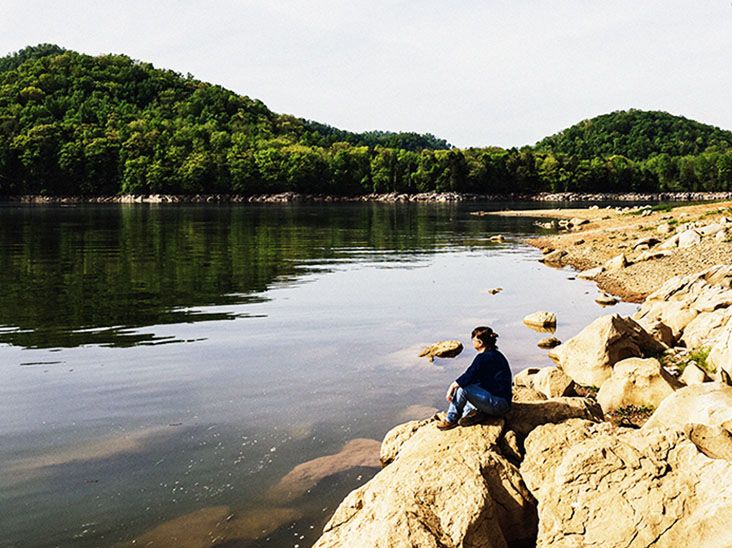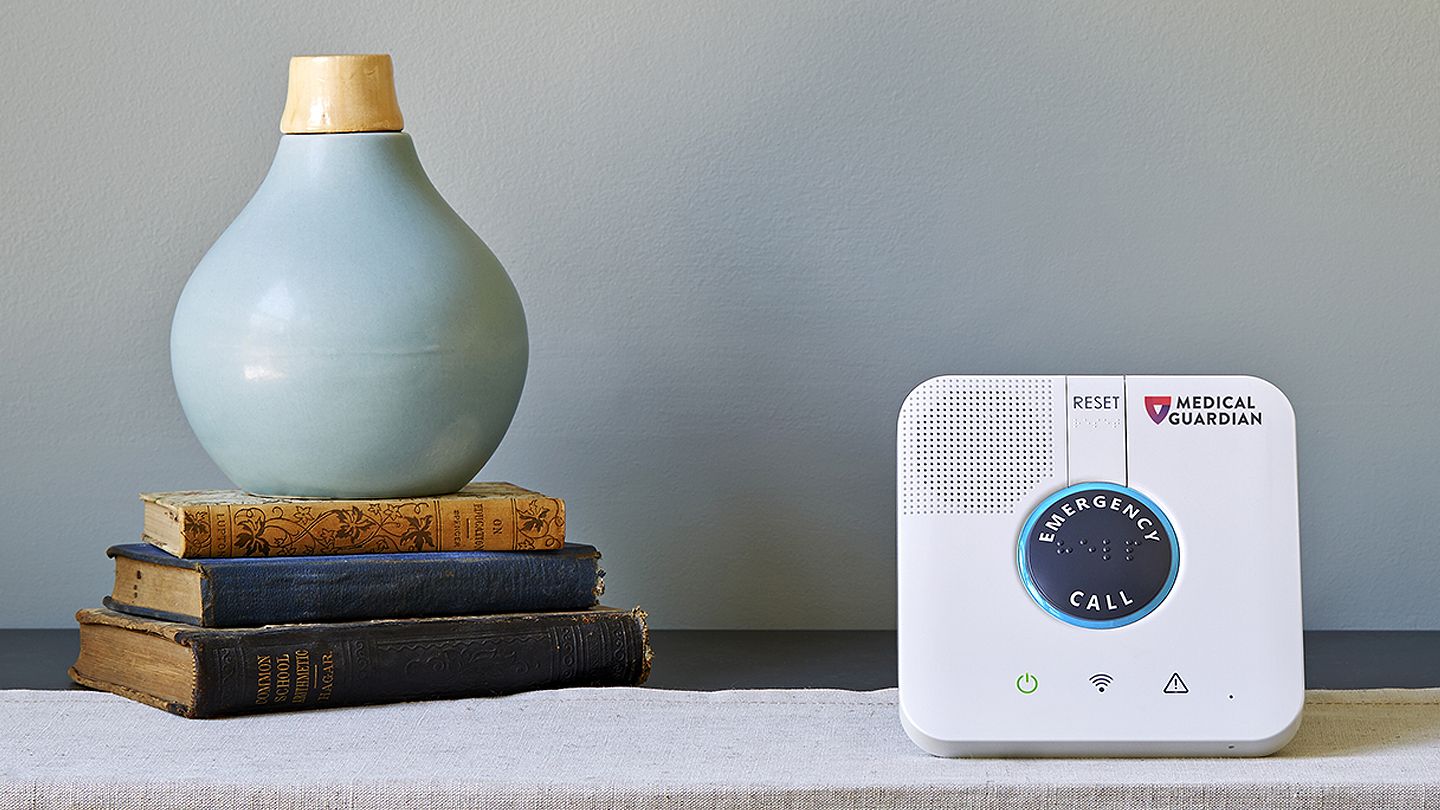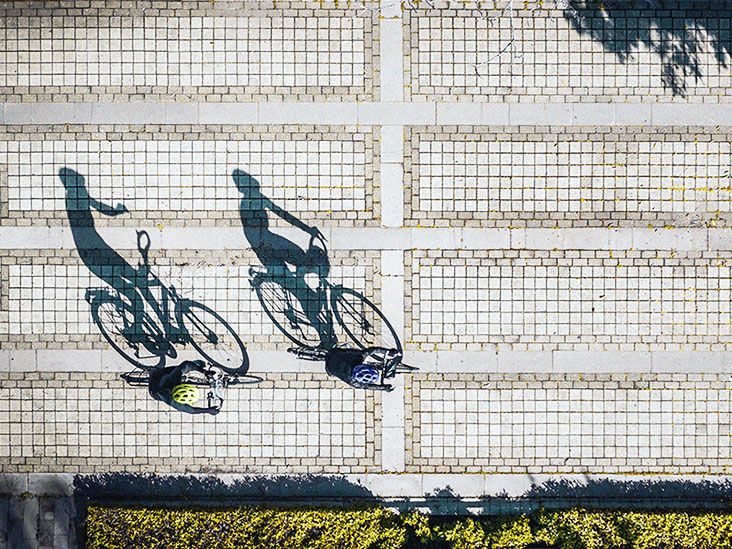Let's get real for a second. When you think about staying fit after 60, what comes to mind? Expensive gym memberships? Complicated workout routines? Or maybe that trendy fitness class that looks fun on TV but feels impossible in real life?
Here's the truth that nobody talks about enough: all you really need is your two feet. Yes, walking the simplest, most natural movement we've known since childhood is actually one of the most powerful tools for aging well.
I know what you might be thinking. "Walking? That's it?" Trust me, I've been there. When my friend Margaret first suggested we try daily walks instead of those exhausting aerobics videos, I laughed. But after three months of feeling stronger, sleeping better, and actually looking forward to moving my body, I became a total convert. Walking for seniors isn't just gentle exercise it's life-changing medicine.
Why walking beats other exercise
Let me break this down like we're chatting over coffee. Think about the last time you considered joining a gym. The cost, the intimidating equipment, the crowds it can feel overwhelming, right? Walking strips away all that complexity and gives you something pure and simple.
You can do it anywhere, anytime, rain or shine. No special gear needed (well, except for decent shoes, which we'll talk about later). It's free, it's familiar, and honestly, it's probably the most sustainable form of exercise you'll ever find. I've seen people try every fitness trend under the sun, only to abandon ship within weeks. But walking? People stick with it for years.
Here's what makes walking for seniors so special it meets you exactly where you are. Whether you're just starting your wellness journey or you've been active your whole life, walking adapts to your pace, your schedule, and your physical capabilities.
Physical health benefits you'll feel
Dr. Leonard Pianko, a respected cardiologist, often tells his patients that regular walking can be more beneficial than many prescription medications. When you walk consistently, your heart gets a gentle but effective workout that helps manage blood pressure, cholesterol levels, and blood sugar three major concerns for many older adults.
But here's where it gets interesting. Have you ever worried that exercise might actually hurt more than help? I've heard countless stories from people who avoided movement because of joint pain or arthritis. The beautiful thing about walking is how it actually cushions your joints rather than pounding them. It's low-impact but still incredibly effective.
Your bones will thank you too. The gentle weight-bearing nature of walking helps maintain bone density, which becomes increasingly important as we age. Think of each step as a tiny investment in your future mobility.
And let's talk about flexibility and balance two things that can slip away if we're not careful. Regular walking keeps your muscles engaged and your joints moving through their full range of motion. Many older adults find they're less stiff in the mornings and more confident navigating stairs or uneven surfaces.
Mental and emotional perks
This might surprise you, but the mental benefits of walking can be just as powerful as the physical ones. The Mayo Clinic has documented how regular walking can reduce stress and tension something we could all use more of, wouldn't you agree?
Have you noticed how a short walk can clear your head after a frustrating day? There's real science behind that. Walking increases blood flow to the brain and can actually improve memory and cognitive function. People who walk regularly often report feeling sharper and more focused.
But here's my favorite benefit the social aspect. Walking with a friend or joining a local walking group turns exercise into quality time. Occupational therapist Linda Borgmeyer puts it perfectly when she says, "Walking isn't just walking it's mental fuel."
I've watched shy individuals blossom when they start walking with others. It's amazing how much easier conversations flow when you're moving side by side rather than sitting face-to-face. And the confidence boost from achieving small daily goals? It's incredible how those little wins build into lasting motivation.
Mistakes that hold you back
Now, I want to share something that might feel a bit vulnerable but is incredibly important. We all make mistakes when starting new routines, and walking is no exception. Learning from these common pitfalls can save you frustration and keep you moving forward.
One mistake I see all the time is skipping warm-ups and cool-downs. Picture this: you're excited to start your walk, so you jump right into a 30-minute pace without preparing your muscles. The result? Unnecessary strain and maybe even injury. Instead, try marching in place for 30-60 seconds before you head out. It takes almost no time but makes a huge difference in how your body feels.
Another common trap is doing too much too soon. I remember when my neighbor Tom decided to become a "power walker" overnight. He went from barely moving to attempting five-mile routes daily. Predictably, he ended up with sore joints and zero motivation. The key is gradual progression. Start with what feels comfortable and build slowly.
Safety often gets overlooked, especially for those who prefer solo walks. While independence is valuable, consider carrying water, a phone, and maybe wearing bright clothing. Walking with a buddy isn't just safer it's more enjoyable too.
Getting started without the overwhelm
If you're reading this thinking, "This sounds great, but where do I even begin?" I totally get it. Starting anything new can feel intimidating, especially when you haven't been active for a while. Let's make this as simple as possible.
Your first step (see what I did there?) should be incredibly small. Just a 10-minute loop around your block. No pressure to do more, no guilt if you only manage a few minutes. The goal is consistency, not perfection.
Try aiming for three walks per week initially, rather than daily pressure. Build the habit gradually. And here's a fun tip tracking your progress can be surprisingly motivating. Whether it's a simple journal, a fitness app, or even just marking days on a calendar, seeing your consistency grow is incredibly rewarding.
As for where to walk, you have options. Indoor spaces like malls or community centers work wonderfully, especially in bad weather. For those who prefer home workouts, there are excellent resources like Yes2Next's short indoor walking routines that you can find online.
Make it fit your life
Here's what I love most about walking exercises for seniors they're infinitely customizable. Your walk today can look completely different from mine, and that's perfectly okay.
Some days you might want a brisk pace to get your heart pumping. Other days, a gentle stroll might be exactly what your body needs. Interval walking alternating between faster and slower paces can be fantastic for building fitness gradually. Linda Borgmeyer recommends 30-second bursts of faster walking followed by longer recovery periods at a comfortable pace.
For those who spend most of their time sitting or are recovering from health issues, seated or standing marching can be a perfect starting point. The key is movement, regardless of form.
Make it enjoyable! Use music, podcasts, or audiobooks to pass the time. Try different routes to keep things interesting. Apps and YouTube channels like SeniorShape offer guided routines that make walking more engaging. And seriously, consider finding a walking buddy or joining a local group. The accountability and companionship make such a difference.
Gear that actually matters
You don't need to outfit yourself like a professional athlete, but a few thoughtful choices can make your walking experience much more comfortable and safe.
Shoes are your biggest investment. Proper support and cushioning can prevent blisters, reduce joint stress, and make walking more enjoyable. Look for shoes specifically designed for walking or everyday comfort.
Basic comfort items include a water bottle (hydration is crucial), appropriate clothing for the weather, and maybe a small backpack or waist pouch for essentials. For early morning or evening walks, a flashlight or reflective vest increases visibility.
Some people find walking poles helpful for stability, especially on uneven terrain. Medical alert devices offer peace of mind for those who walk alone. But here's my advice don't go overboard on gear initially. Test a 10-minute walk with basic supplies and see how you feel. Add items as needed.
Real stories that inspire
Sometimes hearing from others makes all the difference. Marie, 72, shared how walking transformed her daily experience: "I used to dread getting out of bed, but then I began walking every morning. Before I knew it, I had way more energy, less knee swelling, and I was getting into routines."
John, 75, found unexpected social benefits: "We started with coffee. Then we tried walking. Two years later? New friendships, better sleep... and I barely trip anymore!"
These aren't miracle stories they're real people making realistic changes that compound over time. Your story could be next.
Building lasting habits
The secret sauce isn't in doing everything perfectly it's in consistency. I've learned that the best exercise routine is the one you'll actually stick with. Walking wins here because it's so adaptable to life's ups and downs.
Some days you'll feel like walking for an hour. Other days, five minutes might be all you can manage. Both count. Progress isn't always linear, and that's okay.
Weather happens, motivation dips, and life gets in the way. Having a flexible approach means you can still move even when circumstances change. Indoor alternatives, shorter routes, or slower paces are all valid options.
Your next step forward
Walking for seniors isn't just about exercise it's about reclaiming your energy, your independence, and your joy in movement. Each step you take is an investment in your future self, whether that's maintaining your current abilities or regaining ones you thought were lost.
The path forward doesn't have to be intimidating. Take a deep breath, find a comfortable pair of shoes, and start with whatever feels possible today. Whether inside, outside, solo or alongside a friend, walking adapts to your life all you have to do is take that first step.
Ready to get moving? Why not try today's 10-minute routine and see how a little walk brings a little spark back into your day? Your future self will thank you, one step at a time.
What's holding you back from starting? Is it time, motivation, or simply uncertainty about where to begin? Share your thoughts you're not alone in this journey, and every question is a step toward movement.
FAQs
Is walking safe for seniors with joint pain?
Yes, walking is gentle on joints and can actually reduce pain and stiffness over time. Start slowly and wear supportive shoes for comfort.
How often should seniors walk each week?
Aim for at least 3–5 days per week. Begin with short walks and gradually increase frequency and duration as your stamina improves.
What are the best walking shoes for seniors?
Look for shoes with cushioning, arch support, and non-slip soles. Brands focused on comfort or walking-specific footwear are ideal choices.
Can walking help with balance and fall prevention?
Absolutely. Regular walking strengthens muscles, improves coordination, and boosts confidence in movement, lowering fall risk.
What if I can't walk outside?
Indoor walking at malls, community centers, or home routines work just as well. Seated walking exercises are also a great option for limited mobility.
Disclaimer: This article is for informational purposes only and does not constitute medical advice. Always consult with a healthcare professional before starting any new treatment regimen.
Related Coverage
As death nears, dying patients often emit strange smells from physiological changes and reduced hygiene. Learn what causes odors at end of life and how to manage them....
Find the best Medicare in Tennessee options for you. Compare plans, enrollment periods, and coverage to make informed decisions....
Research shows crossword puzzles may help strengthen the brain and slow cognitive decline in those with Parkinson's disease. Learn how crosswords can aid as a supplement to Parkinson's treatment....
This 2023 review provides an in-depth look at Medical Guardian's medical alert systems to help you determine if their in-home & mobile products are the right emergency response choice for your needs and budget....
Blood pressure drawings use visuals to demonstrate physical concepts behind key measurements. Learn how these medical illustrations help diagnose issues and empower patient self-care....
Learn the importance of cleansing and exfoliating skin. Get tips for choosing the right facial cleansers and exfoliators for your skin type and how to properly exfoliate your face and body....
Fruit and vegetable supplements can help fill nutrition gaps but shouldn't replace whole foods. Learn how to pick quality supplements for maximum benefit....
Gentle exercises for over 50 help build strength, balance, and energy. Start moving today with safe, effective routines....
Does morphine hasten death for the terminally ill? Examining the medical evidence on balancing pain relief with ethical concerns about prolonging or speeding up dying....
Soothe anxiety and boost resilience with earthy, aromatic ashwagandha tea. Learn how the Ayurvedic adaptogenic herb relieves stress and fatigue plus simple homemade preparation....









